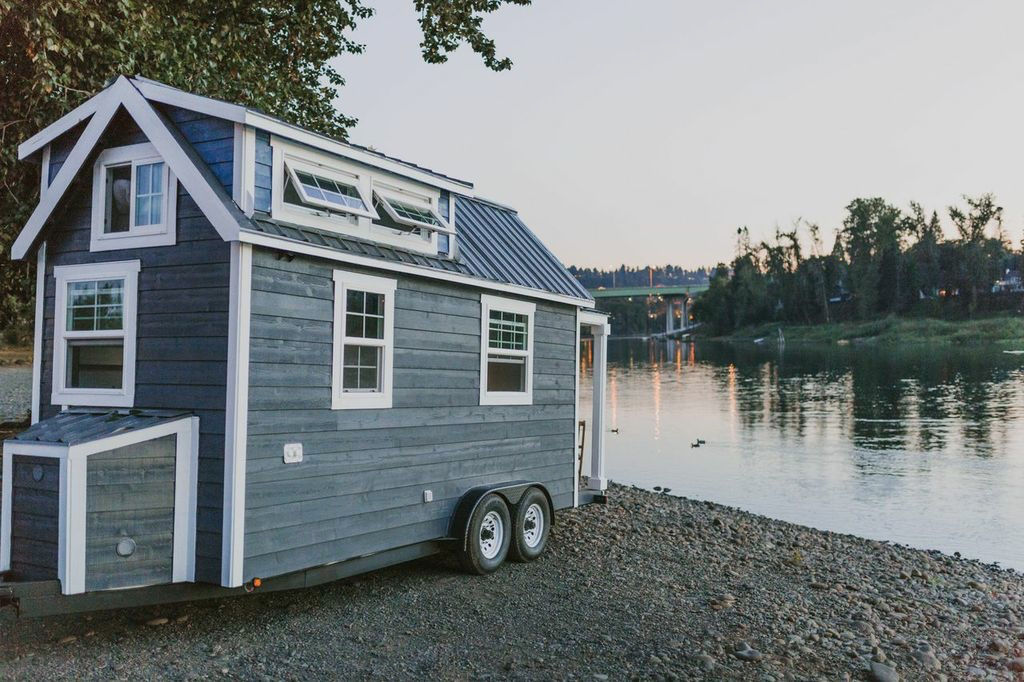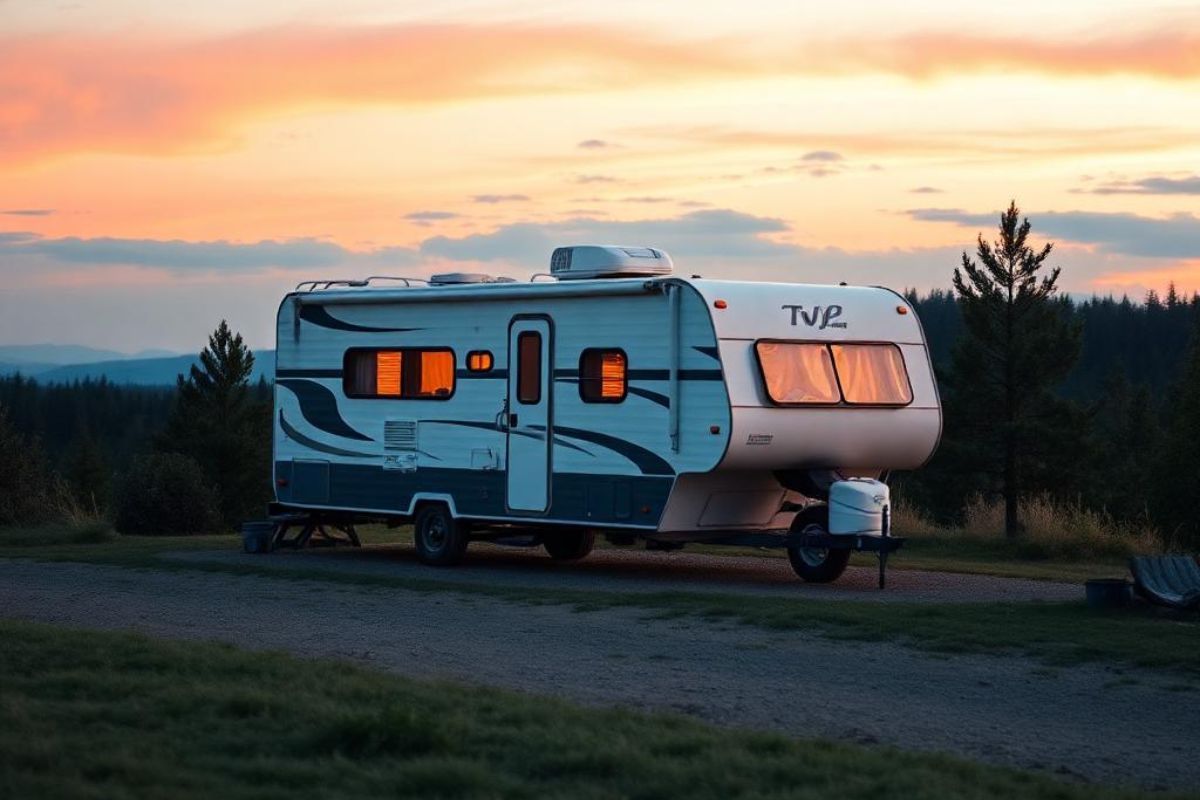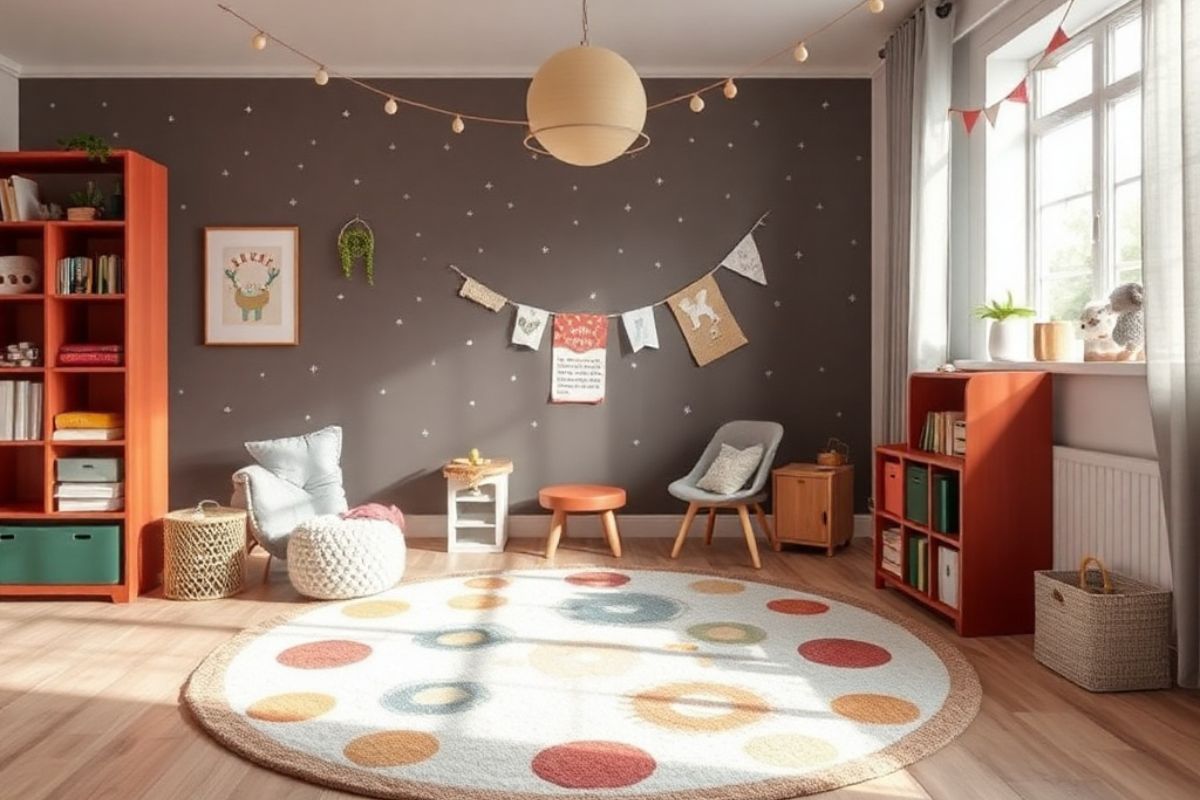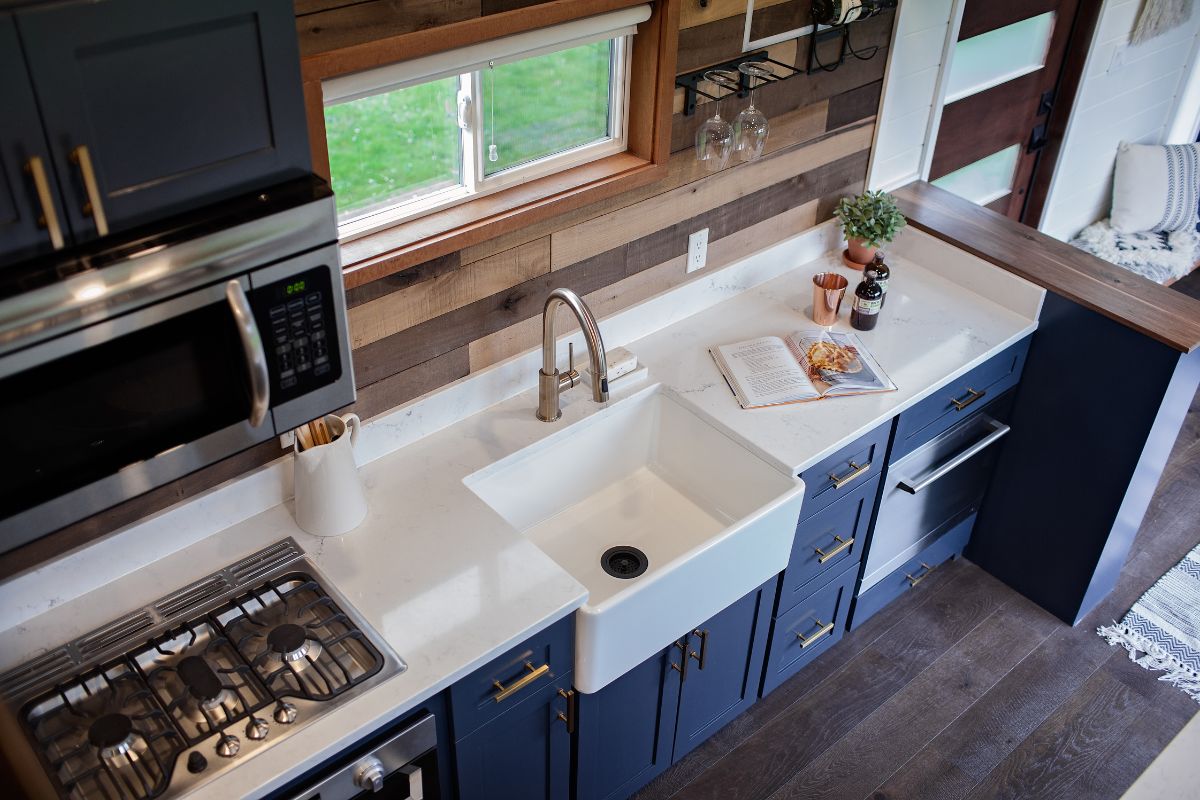Most tiny houses on wheels weigh between 8,000 and 15,000 pounds, but size, building materials, and appliances all impact the final weight. To tow safely, you'll need a vehicle rated for more than the loaded weight of your house, and always factor in the trailer's own weight. Use certified scales to check your totals and stick to smart packing—keep essentials only and distribute weight evenly. As you go further, you’ll pick up vital tips for safe towing and lighter builds.
Key Takeaways
-
Most tiny houses on wheels weigh between 8,000 and 15,000 pounds, depending on size, materials, and included features.
-
Small models (12–20 feet) typically weigh 5,000–8,000 pounds, while large models (24–30 feet) can exceed 13,000 pounds.
-
Always include the trailer’s weight and check the trailer’s Gross Vehicle Weight Rating (GVWR) to avoid overloading.
-
Use lightweight materials and compact appliances to reduce overall weight and improve towability.
-
Ensure your tow vehicle’s capacity exceeds the loaded house’s weight and follow safety practices like even weight distribution and cautious driving.
Understanding Tiny House Weight Basics
Weight matters when it comes to tiny houses, especially if you plan to move your home. You need to understand that a tiny house’s weight directly affects its mobility, safety, and the type of trailer or vehicle you’ll need. The total weight includes the structure itself, built-in features, and everything you plan to store inside. Typically, tiny houses on wheels range from 8,000 to 15,000 pounds. To avoid issues, always know both your empty (dry) weight and fully loaded weight.
You’ll also want to check your trailer’s Gross Vehicle Weight Rating (GVWR) to guarantee you stay within safe limits. If you exceed weight limits, you risk damaging your home or vehicle. Always use a certified scale to verify your tiny house’s true weight.

Factors That Influence Tiny House Weight
Several key elements determine how heavy your tiny house will be. First, the building materials you choose—steel frames, hardwood floors, or heavy roofing—directly impact the weight. Lighter alternatives like aluminum or composite materials can help keep pounds off. Next, the number of appliances and fixtures matters. Full-size refrigerators, washing machines, and bathtubs quickly add up. Don’t forget insulation type; spray foam is lighter than traditional fiberglass.
Your design layout also plays a role—multi-story or lofted spaces can increase structural demands, making your home heavier. Finally, built-in furniture, storage solutions, and personal items contribute to the total weight. When you plan your build, weigh each decision carefully, balancing comfort and functionality with the need to stay within safe towing limits.
Typical Weight Ranges by Tiny House Size
Most tiny houses fall into three common size categories, each with its own typical weight range. If you’re considering a small model, usually 12 to 20 feet long, expect a weight between 5,000 and 8,000 pounds. Medium tiny houses, measuring 20 to 24 feet, typically weigh 8,000 to 13,000 pounds. For large models, ranging from 24 to 30 feet, weights often reach 13,000 to 18,000 pounds or more.
To estimate your own tiny house’s weight, measure the overall length and use these ranges as a guideline. Always include the weight of fixtures and appliances. Knowing these averages helps you match your house to a suitable trailer and tow vehicle. Staying within safe weight limits guarantees easier towing and safer travel on the road.
Comparing Materials: How Construction Choices Affect Weight
While size determines a big part of your tiny house’s weight, the materials you choose for construction can make an equally significant difference. If you go with traditional wood framing, your house will be heavier than one built with steel framing or SIPs (structural insulated panels). Steel is strong and light, but it may increase your build cost. SIPs offer excellent insulation and can reduce weight compared to standard lumber.
For siding, vinyl and aluminum are lighter than wood or brick. Roofing choices matter, too—metal panels weigh less than shingles or tiles. Interior finishes like drywall add more weight than plywood or paneling. When you’re selecting materials, always balance weight, durability, and your towing capacity to guarantee a safe, efficient build.

Calculating Gross Vehicle Weight Rating (GVWR)
Understanding your tiny house’s Gross Vehicle Weight Rating (GVWR) is essential before you hit the road. GVWR is the maximum total weight your house and trailer can safely carry, including the structure, furnishings, water, supplies, and personal items. To calculate GVWR, check your trailer’s manufacturer label for its rating—never exceed this number.
Next, weigh your tiny house when it’s fully loaded, ideally at a certified weigh station. Add everything you’ll travel with, from water tanks to kitchenware. Subtract the trailer’s empty weight (also called curb weight) from its GVWR to find your maximum allowable cargo. Always leave a safety margin; don’t push your tiny house to its limit. Staying under the GVWR protects your investment and keeps you legal and safe on the road.
Trailer Types and Their Impact on Total Weight
After you’ve determined your tiny house’s GVWR, it’s important to evaluate how your choice of trailer affects the total weight you’ll haul. Different trailer types—bumper pull, gooseneck, and fifth-wheel—each add their own weight before you even start building. For example, a standard 20-foot bumper pull trailer often weighs between 2,000 and 3,000 pounds, while a gooseneck or fifth-wheel option can add even more due to their larger frames and structural features.
Don’t overlook features like dual axles, reinforced steel, or heavy-duty hitches; these all contribute additional weight. Always add the trailer’s actual weight to your planned tiny house build. By factoring in the trailer type early, you’ll avoid exceeding critical weight thresholds and guarantee a safer, more stable towing experience.
Must-Know Weight Limits for Towing
How much weight can you really tow safely with your vehicle? To find out, check your vehicle’s Gross Vehicle Weight Rating (GVWR) and Gross Combined Weight Rating (GCWR). GVWR is the maximum weight your vehicle can handle, including passengers and cargo. GCWR is the total allowed weight of your vehicle plus the trailer. Never exceed the manufacturer’s listed Towing Capacity, as this puts stress on your engine, brakes, and transmission.
Always factor in the tongue weight—the downward force your trailer applies to the hitch. Ideally, tongue weight should be 10-15% of the trailer’s loaded weight to maintain control and prevent sway. Don’t forget to include everything you’ll store in the tiny house when calculating total weight. Staying within these limits guarantees safer, smoother towing.
Choosing the Right Tow Vehicle
Once you know the weight limits for safe towing, the next step is matching your tiny house to a capable tow vehicle. Start by checking the Gross Vehicle Weight Rating (GVWR) of your tiny house and compare it to the maximum towing capacity listed in your vehicle’s manual. Pick a truck or SUV with a towing rating that exceeds your tiny house’s total loaded weight, including furnishings and supplies. Consider the vehicle’s hitch rating and verify it’s compatible with your trailer.
Don’t overlook features like trailer brake controllers, heavy-duty transmissions, and extended side mirrors—they’ll improve safety and control. Always factor in the terrain you’ll be traveling; mountainous routes may require more powerful engines. Finally, consult your vehicle manufacturer or a towing professional if you’re unsure about compatibility.
Tips for Reducing Your Tiny House Weight
Although every pound matters when towing a tiny house, you can take several practical steps to keep the overall weight manageable. Start by choosing lightweight building materials like SIPs (structural insulated panels), aluminum framing, or composite siding instead of traditional lumber and drywall. Opt for compact appliances and fixtures designed for RVs or boats—they’re much lighter than household models.
Limit built-in furniture; instead, select multi-functional or foldable pieces. Avoid over-insulating, which adds unnecessary bulk, and use thinner, efficient insulation options. When it comes to storage, only pack essentials and keep heavy items low to the floor to maintain balance. Finally, plan your design with weight in mind from the start. Every decision, from foundation to finishes, affects your tiny home’s overall weight.

Safety Considerations When Towing a Tiny House
Before you hitch up and hit the road, prioritize safety by thoroughly inspecting both your tiny house and tow vehicle. Check tire pressure, lug nuts, and brake lights on both units. Verify your trailer brakes work properly, and confirm the hitch and safety chains are secure. Always check your tow vehicle’s rated towing capacity exceeds the loaded weight of your tiny house.
Balance the load evenly to prevent sway and instability. Use towing mirrors for better visibility and keep all items inside your tiny house secured. Don’t forget about height and width clearances when planning your route.
Finally, drive cautiously and avoid sudden maneuvers, as tiny houses have longer stopping distances. Regularly stop to inspect connections and tires during your trip. Safety should always come first.
Conclusion
Understanding your tiny house’s weight is essential for safe towing and smart planning. Always check your materials, calculate your GVWR, and know your tow vehicle’s limits. Don’t guess—use a scale or detailed plans to get accurate numbers. Stick to safe weight limits, keep your house streamlined, and follow towing best practices. With careful planning, you’ll avoid costly mistakes and enjoy hassle-free travel with your tiny home. Safe travels as you hit the road!






Share: